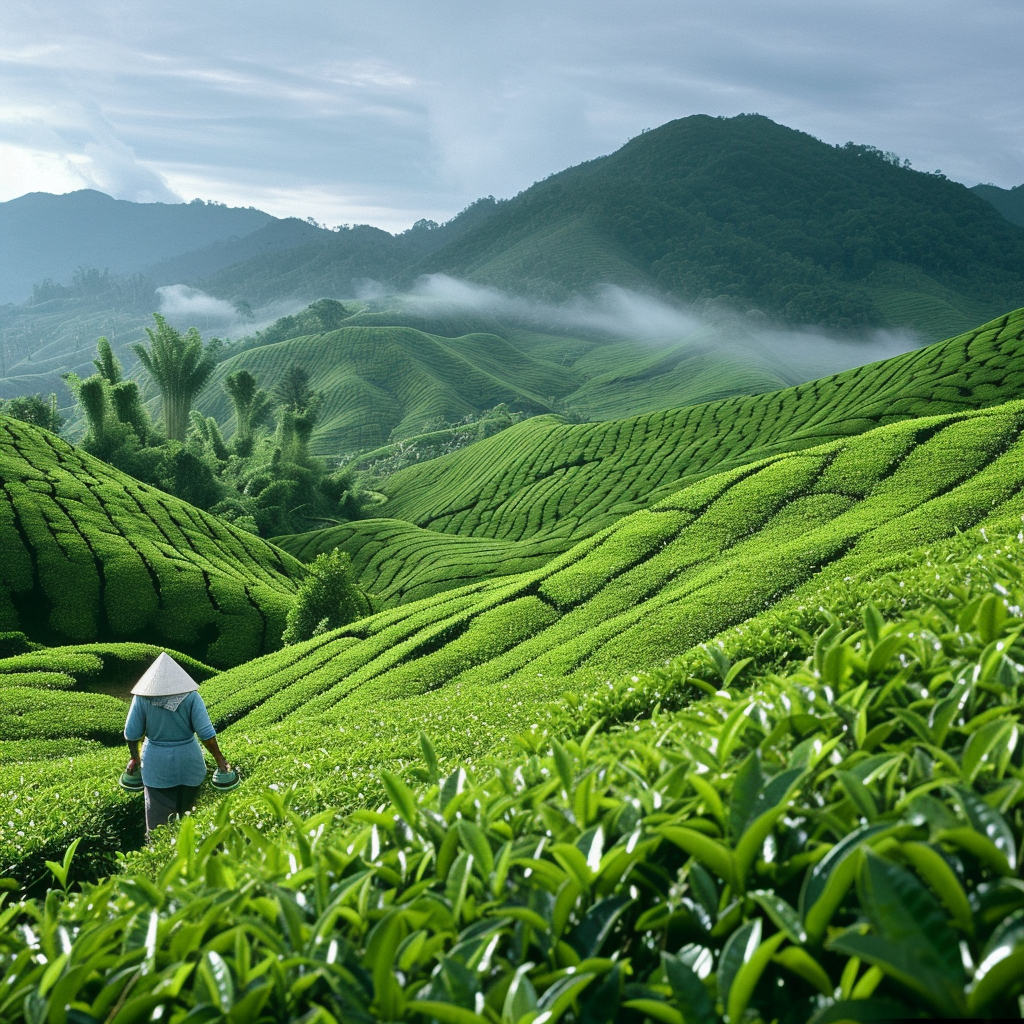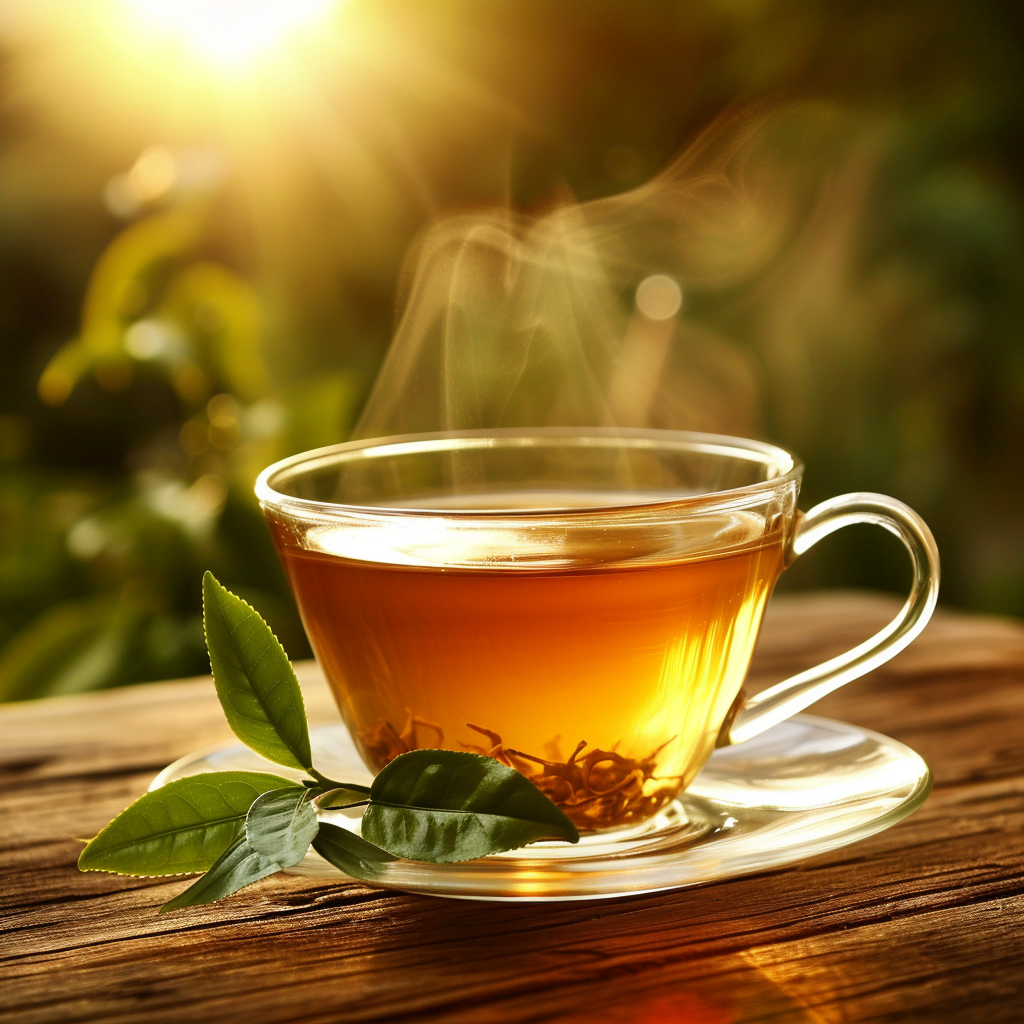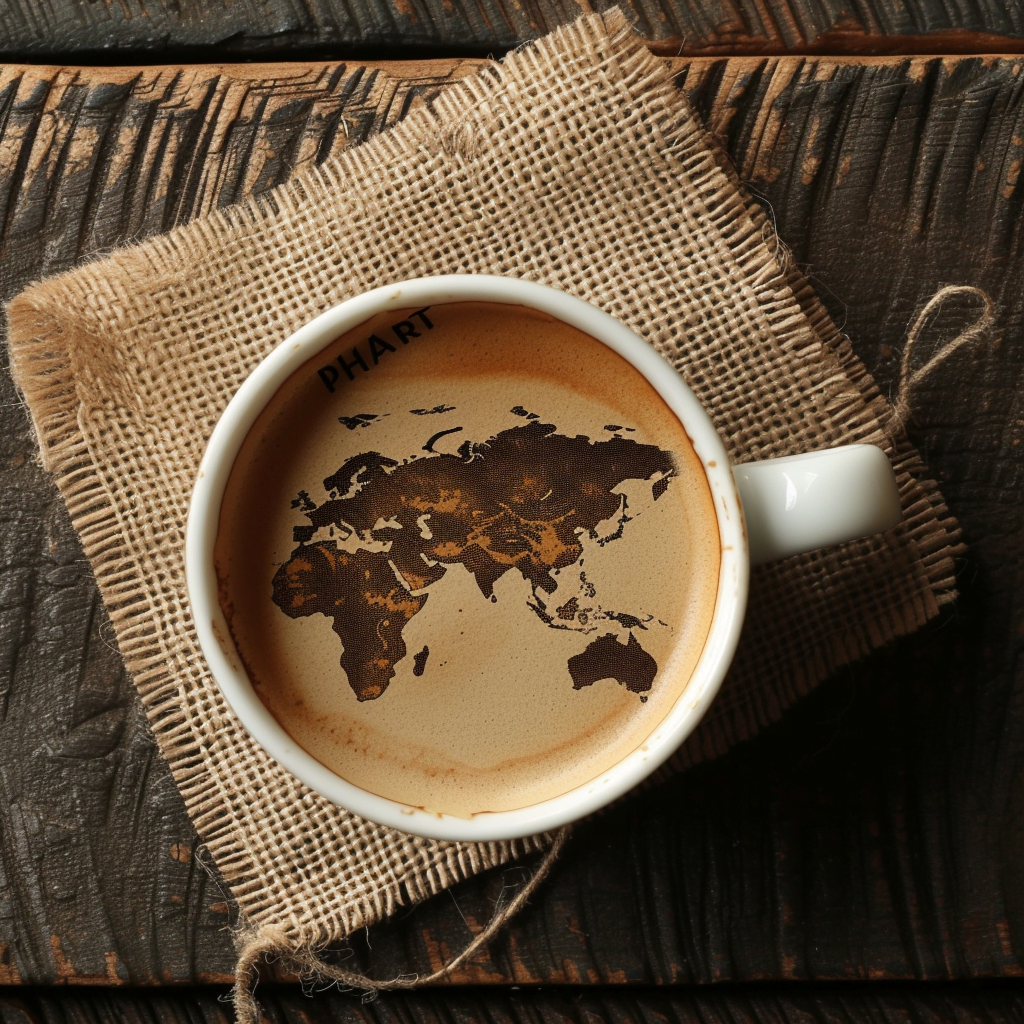Tea is one of the most popular beverages in the world, with over 159 million tonnes produced globally each year. But which country produces the most tea and helps quench the world’s thirst for this comforting drink? The answer may surprise you.
China – The Global Giant in Tea Production
China is by far the largest producer of tea in the world, responsible for over 30% of total production. According to 2020 statistics from the Food and Agriculture Organization, China produced a staggering 1.91 million tonnes of tea leaves last year.
The main tea producing regions in China include:
- Fujian
- Sichuan
- Hunan
- Yunnan
- Guangdong
China is able to produce such massive tea volumes thanks to its ideal climate, geography, centuries-old tea culture, and huge population. The soil and elevation in many Chinese provinces allow cultivation of top quality green, black, oolong, white and pu-erh teas.
Some key facts about China’s tea production:
- Home to huge tea plantations, some over 800 hectares in size
- Over 2.6 million hectares of land used for tea cultivation
- Small-scale “peasant” farmers also contribute up to 20% of output
- Tea pickers are often migrants from poorer regions
- Tea harvest seasons are earlier in southern regions, later in the north
China’s giant tea output is matched by its huge exports around the globe. The country exported $1.62 billion worth of tea in 2020.
India – A Tea Giant in Its Own Right
India comes second to China in global tea production, generating over 1.32 million tonnes in 2020. The major tea growing regions in India are:
- Assam
- Darjeeling
- Nilgiri
- Kangra
The British first introduced tea growing to India in the 19th century. Today, small family-run plantations and large commercial estates produce a wide array of black teas as well as some oolong and green varieties.
Some key facts about Indian tea production:
- Over 300 large tea estates in India
- More than 2 million small tea farmers
- Assam region accounts for over 50% of output
- Labor intensive hand-plucking of tea leaves
- Monsoon rains impact harvesting seasons
India’s massive tea output places it as the world’s largest tea exporting nation, exporting $700 million worth in 2020. Its tea is enjoyed around the globe.
Other Major Tea Producers
While China and India make up over 50% of total tea production, other significant tea producing countries include:
- Kenya – Known for popular black tea exports used in tea bags
- Sri Lanka – Major exporter of orthodox black tea
- Turkey – Large producer of black tea for domestic consumption
- Vietnam – Significant green tea exporter
- Indonesia – Known for artisanal white and oolong teas
Global demand for tea continues to rise. However, China and India will likely remain the tea titans for the foreseeable future based on their ideal tea growing environments and firmly established tea cultures. So the next time you sip a hot cup of tea, chances are the leaves originated from Chinese or Indian tea plantations that help keep the world well-caffeinated and refreshed.

The History and Origins of Tea Production
To understand how China and India came to dominate global tea production, it helps to know a bit about the history of tea.
The origins of tea can be traced back to China over 4,700 years ago. According to legend, the Chinese emperor Shennong discovered tea when leaves from a wild tea plant blew into his boiling water.
The Chinese have cultivated, traded, and consumed tea for centuries. Key developments include:
- Tea spreads across China and becomes integral to Chinese culture by the Tang Dynasty (618-907 CE)
- Tea is compressed into convenient cake and brick forms to facilitate overland trading along the Silk Road.
- The perfecting of pan-firing and other techniques to produce green, oolong, black, white, and pu-erh teas.
Tea arrives in India much later, in the 1830s, with the British East India Company. Concerned about the Chinese monopoly on tea, the British transported seeds, expert growers, and cultivation knowledge to establish tea estates in Assam and Darjeeling.
India’s tropical climate and ample rainfall proved excellent for growing the Camellia sinensis tea plant. Tea production boomed under the British Raj. Today India has over 13,000 tea estates producing a staggering 1.32 million tonnes of tea leaves annually.
Health Benefits and Risks of Tea Consumption
With tea’s incredible popularity worldwide, many wonder about the potential pros and cons of drinking tea. Here are some key facts:
Potential Benefits
- Improved heart health from antioxidants called catechins
- Lower risk of some cancers
- Increased mental alertness from caffeine
- Anti-inflammatory effects
- Antiviral and antibacterial properties
Potential Risks
- Caffeine side effects like anxiety or sleep issues if over-consumed
- Contamination from heavy metals in soil
- Pesticide residue if not organic
- Acidity affecting dental health or reflux
Moderation is key – around 2 to 3 cups of tea per day seems to provide benefits without adverse effects for most people. Drinking high-quality tea from reputable growers minimizes risks.

The Future of the Global Tea Industry
Looking ahead, what trends will shape the future of tea production worldwide?
- Increasing demand – Rising incomes, populations, and appreciation of tea’s health benefits expands the market, especially in developing nations.
- Climate change – Could affect yields and growing regions as weather patterns shift. Heat waves, floods, and droughts pose challenges.
- Labor shortages – Finding adequate workers to hand-pick tea is already an issue in major producing countries. Automation may help.
- Sustainability – Eco-friendly practices like rainwater harvesting, solar power, and composting address environmental impacts.
No other beverage compares to tea’s tradition, versatility, and worldwide popularity. China and India will likely continue to supply the majority of the world’s tea leaves far into the future.
The Rich History and Future of the World’s Most Popular Beverage
China and India have dominated global tea production for over a century, but tea has been cherished across the world for thousands of years.
From its mythic origins in Ancient China to the grand British tea estates in India, tea has shaped economies, cultures and daily rituals. Today, tea is the most widely consumed drink globally after water.
The future of tea looks bright. Rising demand, improved cultivation, and innovation will ensure tea production adapts to the 21st century. New tea styles like bubble tea and tea cocktails also update tea for younger generations.
Yet the foundations remain unchanged – carefully cultivated tea leaves, steeped in hot water to unlock an array of flavors, aromas, colors and sensations. The simple act of sharing tea with family, friends or colleagues fosters human connection.
So next time you enjoy a cup of smoothly astringent Darjeeling or invigorating Masala chai, appreciate the rich history behind your tea leaves. And consider the farmers, pickers and tea masters who collaboratively keep the world sipping this comforting and healthy beverage every day.
China and India will likely remain the twin tea superpowers. But tea is an experience to be shared worldwide. The future is bright for the world’s most beloved drink.

